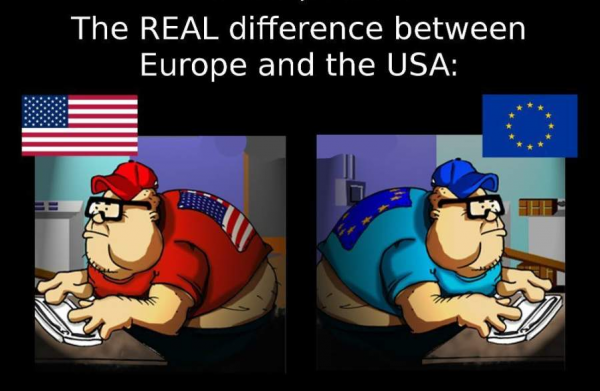How Is Kim Jong Un Like Lady Gaga?
The Article: 2011’s Overachiever Of The Year in Foreign Policy Magazine.
The Text: When my mother turned 27, my father awakened her with the words, “By the time Albert Einstein was 27, he had already developed the theory of relativity. By the time T.S. Eliot was 27, he had already written ‘The Wasteland.’ And by the time Joan of Arc was 27, she had already been dead 8 years.” He probably also said “Happy birthday.” At least, I have to assume he said something nice because they’re still married 55 years and two more children later. I say more children because I was already nine months old at the time, a not inconsiderable achievement on the part of my mother that I think my father was short-sighted to overlook. After all, none of the three people he had mentioned had ever given birth, much less to me.
That said, my father’s litany of over-achievers (if you can consider being burned alive for heresy an achievement…which, by the way, in my family, we would…) would have to be seriously revamped thanks to the arrival on the scene of the pleasingly plump young leader of North Korea, Kim Jong-un. Kim is also 27 (or 28, depending on which government-propaganda, ministry-generated hagiography you choose to believe). But why quibble?













